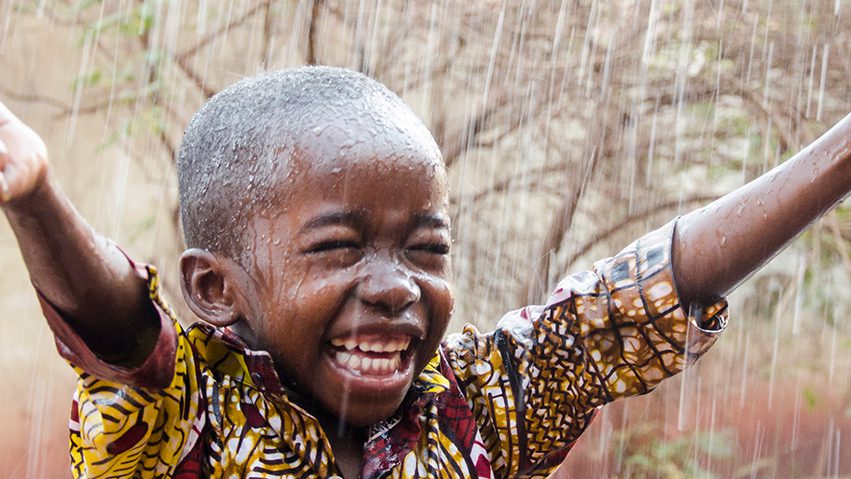I’m sure most of you think Cape Town when you think of a drought crisis.
Think again. South Africa is facing a water crisis across the country, as is the rest of the world. Africa, North & South America, Europe, Asia – even Antarctica – are experiencing crippling drought year on year. Australia, for instance, is having its worst drought in 800 years. The future is looking grim – according to a 2018 MIT research model, 52% of the world’s population – some 9.7 billion people – will live in water-stressed regions by 2050. Scary, right?
We, as a country, are acknowledging this crisis and are implementing steps to manage the drought. This is not an easy task, as it is not only due to reduced rainfall; factors like insufficient water infrastructure maintenance and investment, lack of skilled water engineers and poor municipal water governance are contributing to the crisis. the National Business
So, what are we doing about this? On a government level, the Department of Water & Sanitation presented their comprehensive master plan to the Ministerial Interactive Session on the Transformation of the Water Sector on 15 February 2019. It contains the priority actions required until 2030 to ensure water security and sanitation for all in South Africa. If this master plan is implemented, we will have some assurance of the future. If you would like to read this in detail, please click here to download the pdf: https://bit.ly/2XZNHuA
From a municipal perspective, the City of Cape Town has become a shining example of a community pulling together and reducing their water usage. As of 1 December 2018, water restrictions have even been reduced to Level 3, meaning that personal water can be increased from 70 to 105 litres per person per day. Incredible!
In Gauteng, Rand Water, which include the metros of Johannesburg, Ekurhuleni and Tshwane, has put all three cities on reduced water supply indefinitely as of March 2019 due to the low water levels of reservoir tanks and considering the upcoming dry winter months.
Johannesburg Water took this a step further and has had Level 1 water restrictions in place since January 2018. What this means is that between 06:00 – 18:00 during 1 September and 31 March and between 08:00 – 16h00 during 1 April and 31 August, you are not permitted to: water and/or irrigate your garden, use a hosepipe to clean paved areas and driveways.
Although this information can be daunting and overwhelming, it is not all doom and gloom. We can do our part to reduce the strain on our draining water supply. Here are 10 basic steps that you can implement to start saving water, both at home and at the office:
- Turn off the tap when you brush your teeth– this can save 6 litres of water per minute.
- Place a cistern displacement device in your toilet cisternto reduce the volume of water used in each flush. You can get one of these from your water provider.
- Take a shorter shower. Showers can use anything between 6 and 45 litres per minute. Consider getting an aerated shower head, which combines water and air, or inserting a regulator in your shower, which puts an upper limit on flow rates.
- Always use full loads in your washing machine and dishwasher– this cuts out unnecessary washes in between. Consider washing your clothes less frequently.
- Fix a dripping tap. A dripping tap can waste 15 litres of water a day, or 5,500 litres of water a year.
- Install a water butt to your drainpipe and use it to water your plants, clean your car and wash your windows. A water butt can collect around 5,000 litres a year.
- Water your garden with a watering can rather than a hosepipe. A hosepipe can use as much as 1,000 litres of water an hour. Mulching your plants (with bark chippings, heavy compost or straw) and watering in the early morning and late afternoon will reduce evaporation and also save water.
- Fill a jug with tap water and place this in your fridge in summer. This will mean you do not have to leave the cold tap running for the water to run cold before you fill your glass.
- Install a water meter. When you’re paying your utility provider for exactly how much water you use, laid out in an itemised bill, there’s an incentive to waste less of the stuff.
- Invest in water-efficient goodswhen you need to replace household products. You can now get water-efficient showerheads, taps, toilets, washing machines, dishwashers and many other water-saving products.
(Courtesy of the Eden Project – https://www.edenproject.com/)
Together we can make a difference – to quote an old, but effective slogan – Every Drop Counts.
Written by: Greening Guru

